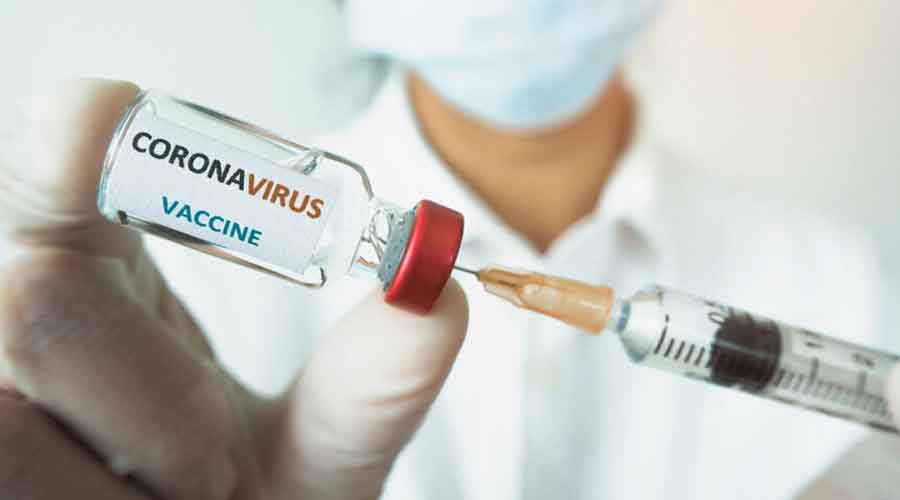Men have received 8.8 lakh more Covid vaccines doses in Kolkata than women till Monday, the CoWin website has shown.
While 46.91 lakh doses were given to men, 38.08 lakh doses were administered to women, till 6pm on Monday.
Kolkata Municipal Corporation (KMC) officials and a member of the state government’s Covid task force said there had not been any analysis on why there was such a huge gap.
“We have seen that the turnout of women has been very good in the state, but I am not sure why the gap between men and women in Kolkata is so large,” said the task force member.
Officials of the KMC said they felt the gap was because priority groups identified for Covid vaccination in the general population had more men queuing up to get vaccinated. They also suspected that an apprehension among pregnant women and lactating mothers to take the vaccine in the initial days of vaccination and a feeling among some women that since they didn’t step out they were less prone to getting infected could be behind the lower numbers for women.
According to Census 2011, the number of men living in Calcutta was 2.16 lakh more than women. But the 8.8 lakh gap in vaccine doses surpasses the population gap between the two genders.
The trend in Kolkata is in contrast to that of the entire state. According to CoWin, over 5 lakh more doses were administered to women when it came to the numbers for all of Bengal.
“After Covid vaccination was thrown open to the general population, we started focusing on priority groups, who had more chances of catching the infection and who could also act as potential spreaders. These groups were dominated by men,” said a senior official of the health department of the KMC.
In May, the state health department had identified people engaged in trade and some professions as priority groups for vaccination.
Those included in the priority group were retail sellers of vegetables, fish, grocery; employees of ration shops, kerosene shops, fuel pumps; lawyers, law clerks, muharrirs; sex workers and transgenders; inmates of social welfare homes and correctional homes; and newspaper vendors, among others.
According to the KMC official, an overwhelming number of those belonging to these professions were men.
He also pointed out that in the early days of vaccination, many pregnant women and lactating mothers were hesitant in taking the vaccines.
As the KMC’s health workers started visiting houses to identify the unvaccinated, the health workers found that lactating mothers and pregnant women in many households had not taken the vaccines. They started arriving from a later period.
Another KMC official said that another reason could be that many who took Covid vaccines from centers in Kolkata were residents of neighbouring districts.
